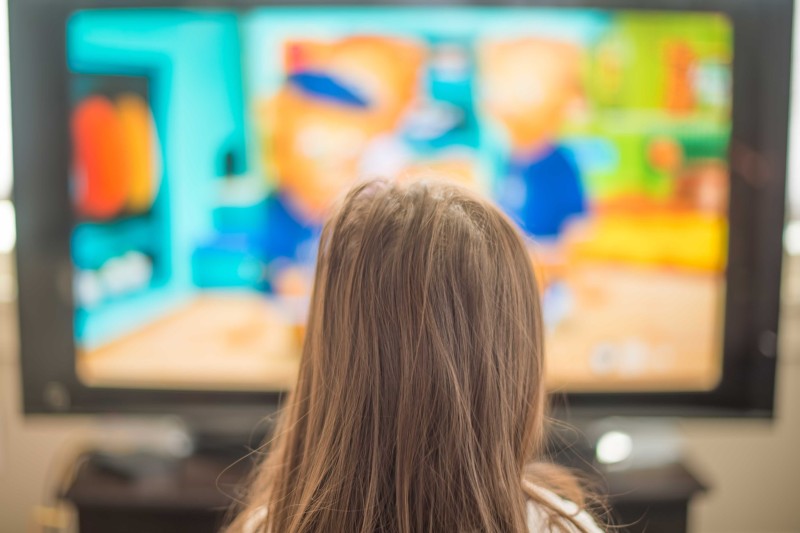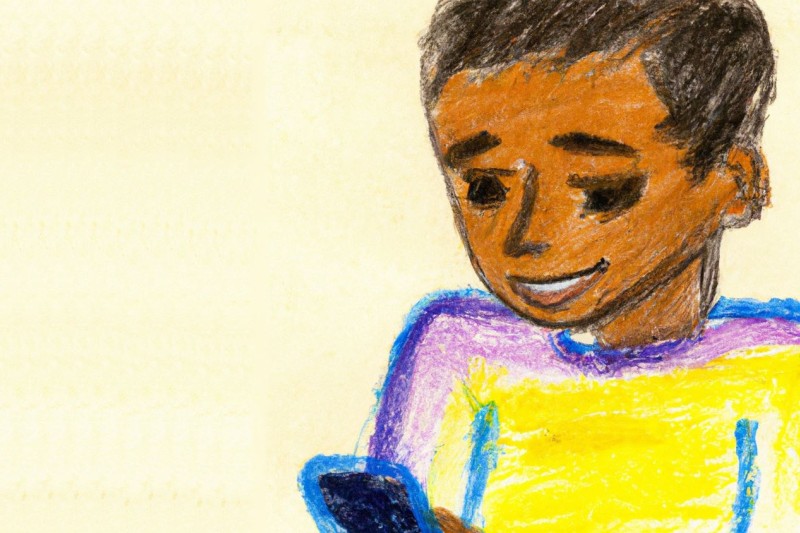Children’s public service media (PSM) in the UK is at a critical junction. As new ways of reaching child audiences are rapidly emerging and evolving, children are not engaging with ‘traditional’ broadcast media in ways they once did.
UK PSM organisations are seeing audiences migrate to new platforms and adopting new consumption practices, with this trend most pronounced for children.
Funding models for UK children’s content production have been collapsing and new ones only slowly emerging, with PSM organisations unsure how best to operate.
Online/social media platforms are significantly more popular with children than television with Ofcom (2023) recently finding that 3-17 year-olds watch far more through YouTube, TikTok and Snapchat than on any other platform (including the BBC’s).
This research project sets out to explore the lived media experience of children themselves in relation to PSM - what children understand by it, how they engage with it, and value and want from it - and what they might miss if it no longer existed. The central aim of the project to help bring children’s voices into public debate on PSM.

